Table of content
Soup-making is an age-old culinary practice that transcends cultures, climates, and occasions. From the hearty stews of Eastern Europe to the delicate broths of East Asia, soup embodies comfort, nutrition, and the alchemy of transforming simple ingredients into a symphony of flavors. Mastering the art of soup-making involves understanding the interplay of ingredients, heat, and time, as well as adapting techniques to suit modern lifestyles. This article explores the timeless methods and innovative approaches to crafting soups that delight the palate and nourish the body.
The Foundations of Soup-Making
At its core, soup is a liquid-based dish combining vegetables, meats, legumes, grains, or herbs. The magic lies in how these elements are combined and cooked. The first step in any soup recipe is selecting high-quality ingredients. Fresh produce, aromatic herbs, and properly aged proteins form the backbone of a flavorful broth. For instance, a robust chicken soup relies on a whole bird or bones to impart depth, while a vegetable minestrone thrives on seasonal, ripe produce.
Tools of the Trade: A heavy-bottomed pot or Dutch oven is indispensable for even heat distribution, preventing scorching. A sharp knife and cutting board ensure uniform ingredient preparation, critical for consistent cooking. For straining broths, a fine-mesh sieve or cheesecloth helps achieve a crystal-clear liquid. Modern gadgets like slow cookers, pressure cookers, and immersion blenders offer convenience without compromising flavor.
The Three Pillars of Flavor: Balancing salt, acid, and fat is essential. Salt enhances natural flavors, acid (like lemon juice or vinegar) brightens the dish, and fat (olive oil, butter, or cream) adds richness. Herbs and spices, added judiciously, elevate complexity—think thyme in a French pot-au-feu or star anise in a Vietnamese pho.
Traditional Techniques: Time-Tested Wisdom
Simmering vs. Boiling
The difference between these two cooking methods can make or break a soup. Simmering, maintained at 180–195°F (82–90°C), gently extracts flavors without agitating ingredients, resulting in clear broths. Boiling, by contrast, breaks down proteins rapidly, yielding cloudy liquids ideal for chowders or hearty stews.
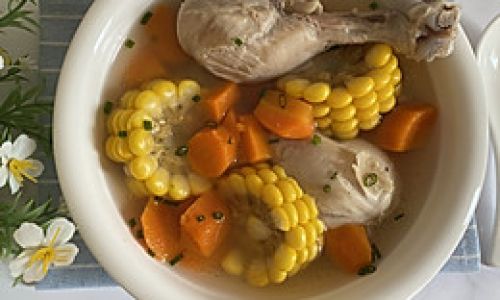
Example: Classic French onion soup demands slow caramelization of onions, followed by simmering in beef broth to meld sweet and savory notes.
Bone Broths and Stocks
Long-simmered bone broths are revered for their gelatin-rich texture and nutritional value. Roasting bones (chicken, beef, or fish) before boiling caramelizes their surfaces, adding depth. The process requires patience—12 to 24 hours for poultry or beef bones, 4–6 hours for fish.
Tip: Add a splash of vinegar to help leach minerals from bones into the broth.
Mirepoix and Aromatics
The French mirepoix (onions, carrots, celery) forms the flavor base for countless soups. Variations exist globally: the Italian soffritto includes garlic and pancetta, while the Chinese holy trinity uses ginger, scallions, and cilantro. Sautéing these aromatics in fat releases their essential oils, creating a fragrant foundation.
Layering Flavors
Gourmet soups often employ a technique called layering, where ingredients are added in stages. Start with aromatics, then hardy vegetables, followed by delicate components like leafy greens or seafood. This ensures each element cooks perfectly without overdoing.
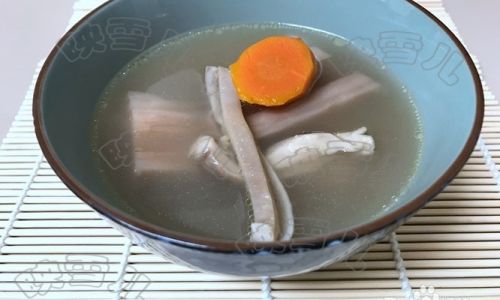
Example: In a seafood bisque, shellfish are sautéed first to develop flavor, then removed and added back later to prevent overcooking.
Modern Adaptations: Efficiency Meets Innovation
Pressure Cooking
Electric pressure cookers (like Instant Pots) have revolutionized soup-making, slashing cooking times by up to 70%. Tough cuts of meat become tender in minutes, and broths develop richness in a fraction of traditional time.
Pro Tip: Use the natural release function for bone broths to prevent cloudiness.
Blending and Puréeing
Smooth soups, such as butternut squash or tomato bisque, rely on blending for their velvety texture. An immersion blender is safer than transferring hot liquids to a countertop blender. For airy soups, incorporate a splash of cream or coconut milk after blending.
Plant-Based Innovations
Vegan and vegetarian soups now rival meat-based counterparts in umami depth. Nutritional yeast, mushrooms, and miso paste add savory notes, while cashews or coconut cream provide richness.
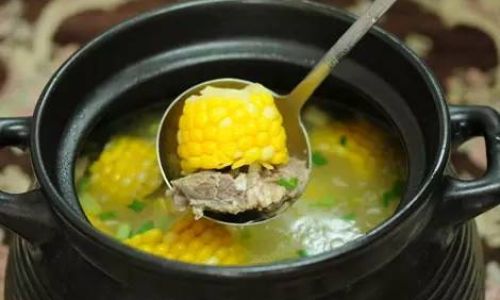
Recipe Idea: Creamy mushroom soup with cashew cream and smoked paprika.
Fusion Flavors
Globalization has inspired hybrid soups, like Thai-inspired coconut curry lentil soup or Mexican-style tortilla soup with chipotle and lime. These blends introduce exciting textures and spices while respecting traditional techniques.
Mastering Specific Soup Styles
Asian-Inspired Broths
- Chinese Herbal Soups: Medicinal herbs like goji berries, astragalus, and jujube are simmered with pork or chicken for hours. These soups are believed to balance yin and yang energies.
- Japanese Miso Soup: Fermented miso paste is whisked into dashi (kombu and bonito broth) and finished with tofu, seaweed, and scallions. Never boil miso, as it kills beneficial enzymes.
European Classics
- Italian Ribollita: A Tuscan bread soup thickened with cannellini beans, kale, and stale bread, traditionally reheated (ribollire) for enhanced flavor.
- Russian Borscht: Beet-based soup with cabbage, potatoes, and sour cream, often served chilled in summer.
Latin American Delights
- Brazilian Caldo Verde: Kale and linguiça sausage in a potato broth, garnished with orange slices for acidity.
- Peruvian Aguadito: Cilantro-heavy chicken soup with rice, peas, and ají amarillo peppers.
Troubleshooting Common Issues
- Cloudy Broth: Caused by boiling instead of simmering. Strain and clarify with egg whites (a traditional French technique).
- Bland Flavor: Roast vegetables or meat first, or add a Parmesan rind during simmering.
- Overcooked Vegetables: Add delicate ingredients (spinach, peas) in the final 10 minutes.
- Too Thin: Simmer uncovered to reduce liquid, or blend a portion and stir back for thickness.
- Too Thick: Whisk in broth, water, or cream until desired consistency.
Health Benefits and Dietary Adaptations
Homemade soups offer unparalleled control over sodium, fat, and allergens. For low-sodium diets, use herbs and citrus instead of salt. Gluten-free options include rice noodles or quinoa, while dairy-free soups can use almond milk or cashew cream.
Nutritional Powerhouses:
- Bone Broth: Rich in collagen, amino acids, and minerals.
- Leafy Greens: Spinach, kale, and chard add iron and vitamins.
- Legumes: Lentils and chickpeas boost fiber and protein.
The Ritual of Soup-Making
Beyond technique, soup-making is an act of mindfulness. It invites patience—the slow dance of simmering, the rhythmic chopping of vegetables, the anticipation of the first spoonful. In a fast-paced world, preparing soup becomes a meditation, a way to reconnect with tradition and nourish both body and soul.
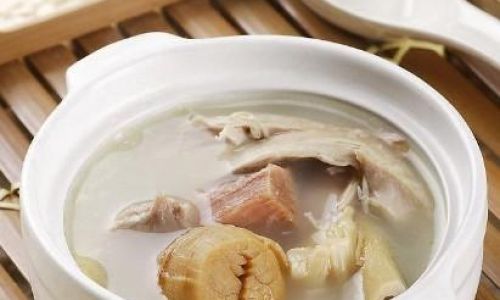
Final Tips:
- Taste and adjust seasonings throughout cooking.
- Let soups rest 10–15 minutes before serving to allow flavors to meld.
- Freeze leftovers in portions for quick meals.
Conclusion
From the rustic charm of a grandmother’s kitchen to the sleek efficiency of modern appliances, soup-making remains a dynamic and ever-evolving art. Whether you’re simmering a pho broth for 24 hours or blending a 10-minute gazpacho, the principles remain the same: respect for ingredients, attention to detail, and a love for the nourishing power of a warm bowl. As you experiment with techniques and flavors, remember that the best soups are those made with intention—and perhaps a dash of love.
Word Count: 1,512



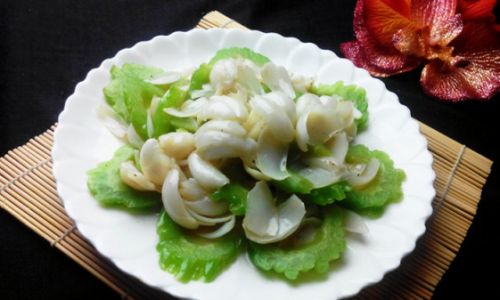
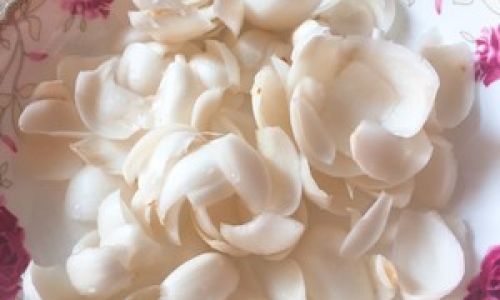
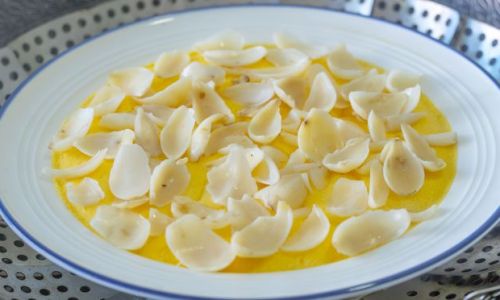
0 comments